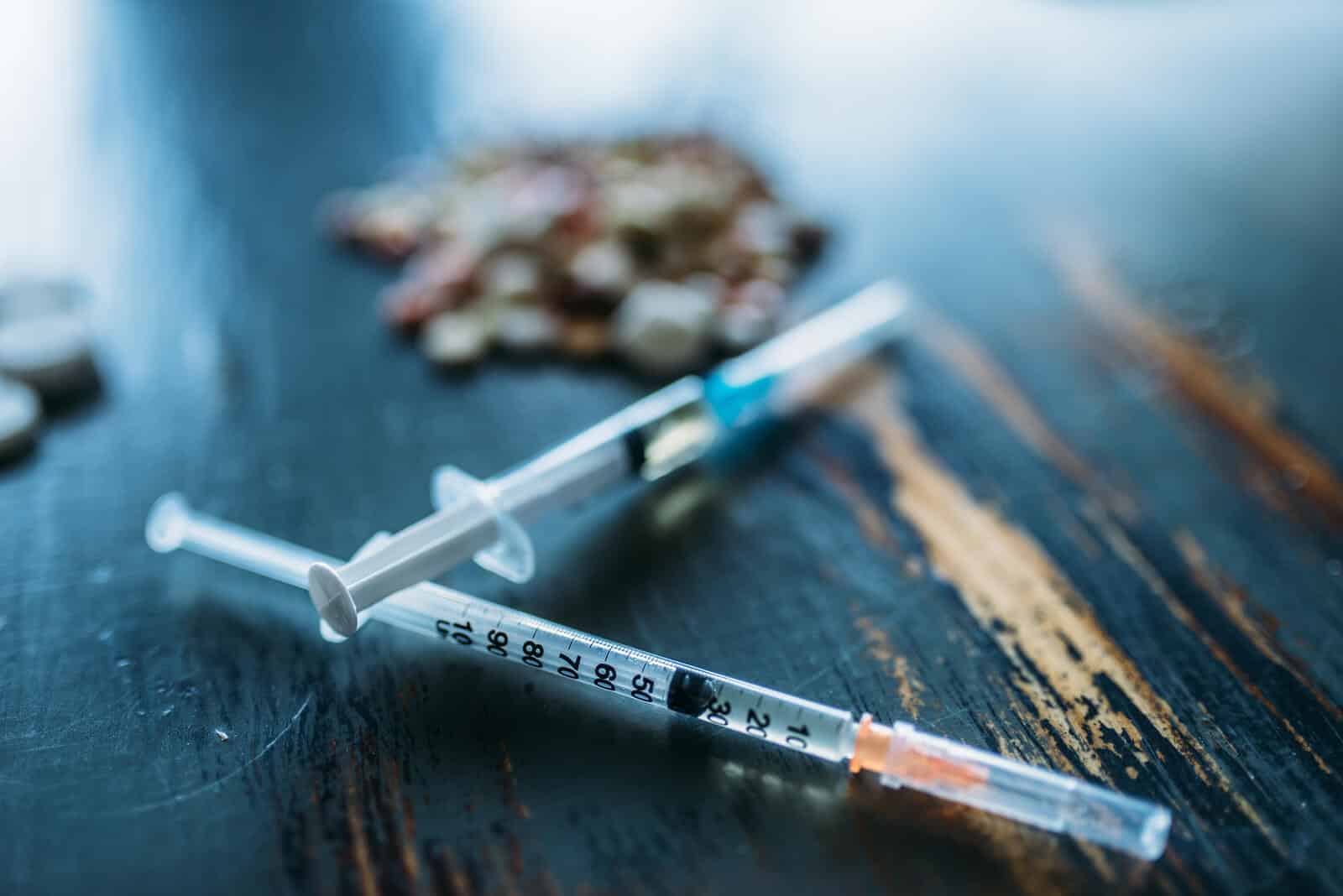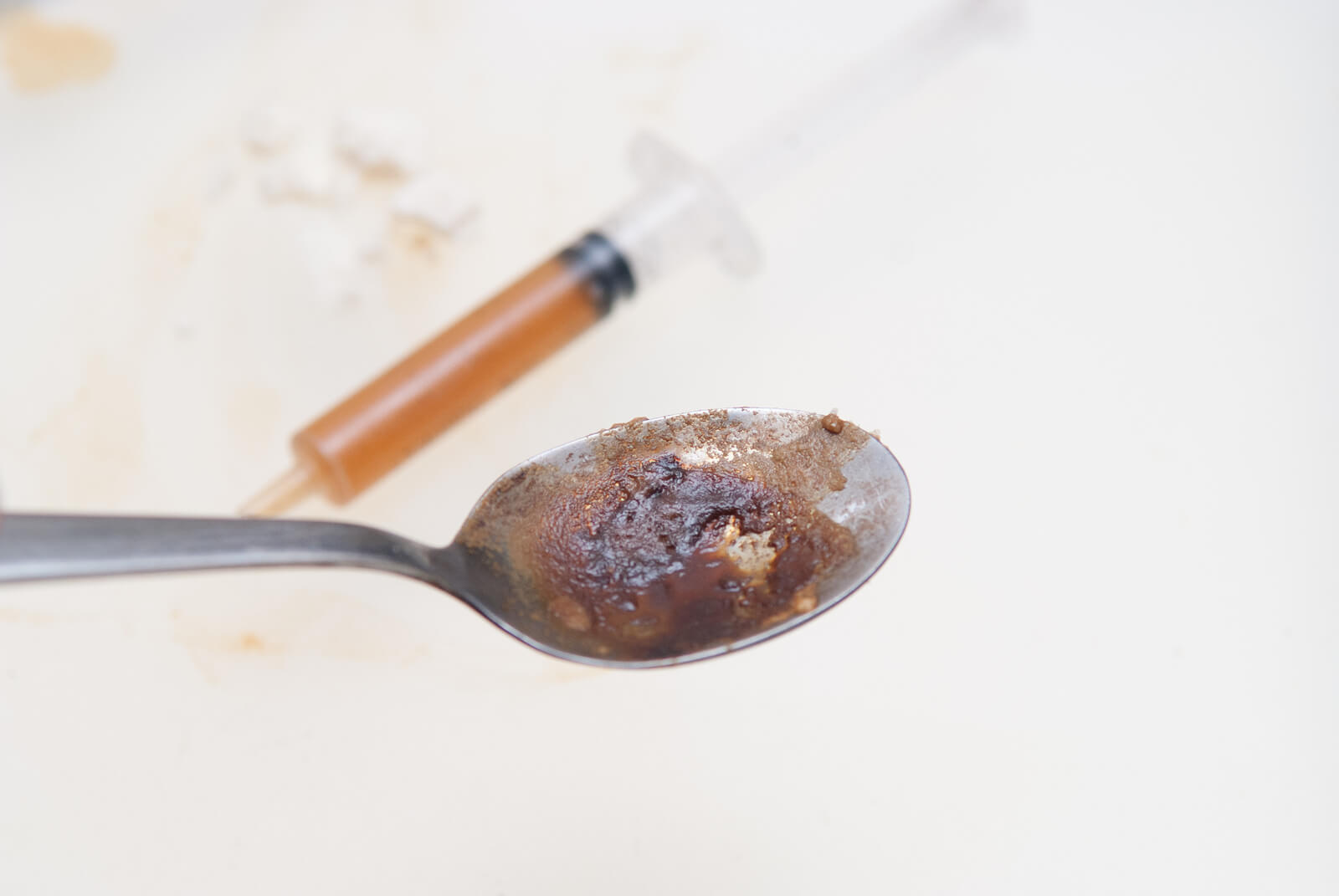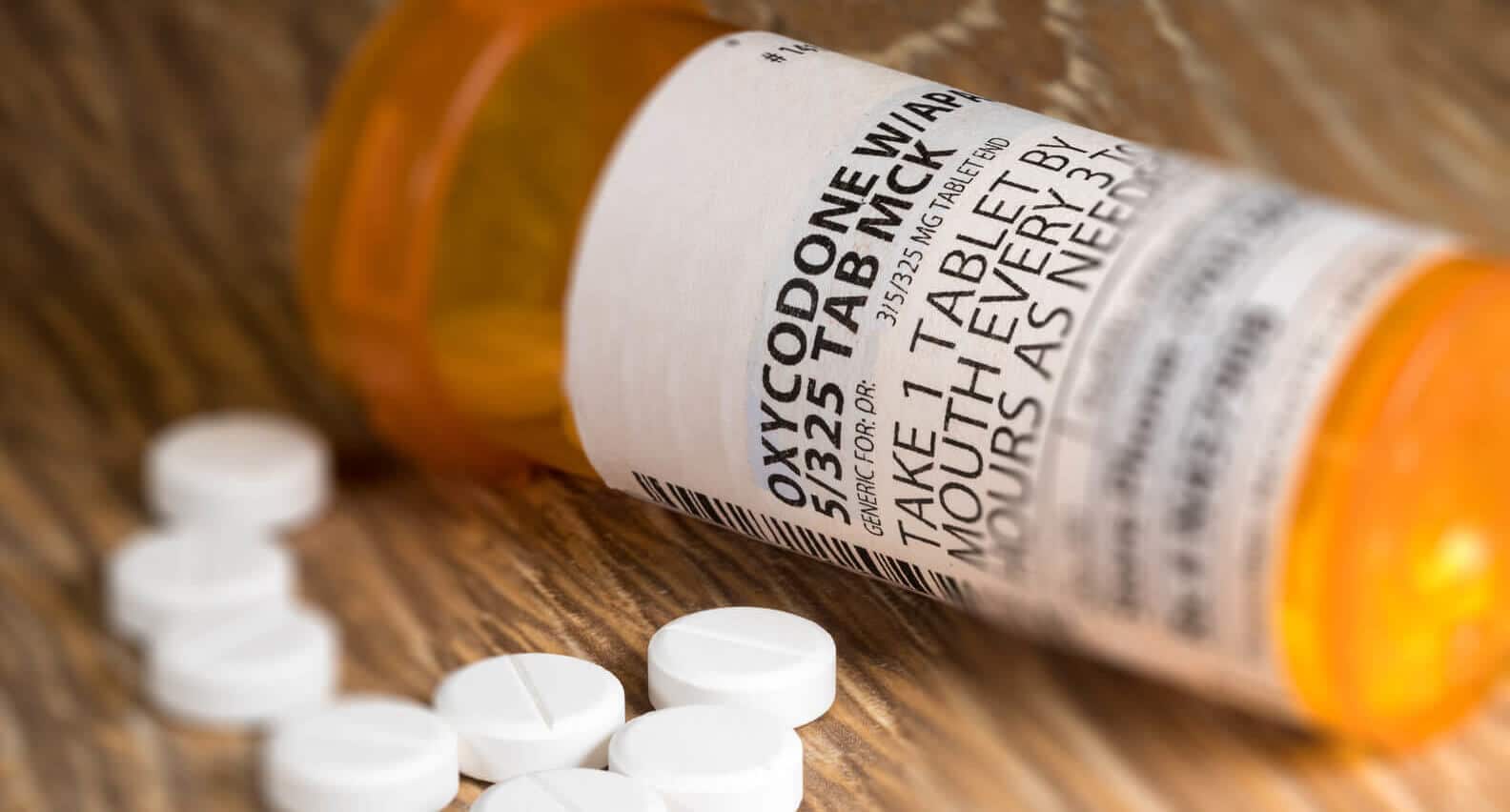
Do you or a loved one have a heroin addiction? If so, it is important to know that you aren’t alone. There are many others who have struggled with this type of addiction and gotten the help they need to overcome it. You can get the support and treatment you need, as well. There are actually many different treatment options for an addiction to heroin. Your treatment plan here at Harmony Stuart Treatment and Wellness could include a range of these treatments.
Heroin Detox Program
If you have a heroin addiction, it would be a good idea to start your recovery in a heroin detox center. During this program, the nurses and doctors will help to make you more comfortable during the withdrawal process. The symptoms of withdrawal are different for everyone. However, some of the symptoms they can help to manage and reduce include:
- Nausea
- Stomach pains and cramping
- Heart racing
- Anxiety
- Restlessness
- Cold and hot flashes
- Vomiting
- Insomnia
- Depression
It is highly recommended that every heroin user attend a professional detox program. The program will greatly reduce the chances of relapsing.
Medication-Assisted Treatment Programs
One of the heroin addiction treatment options is medication-assisted treatment. It is a program that helps to manage symptoms with medications. Many heroin users will experience moderate to severe withdrawal symptoms. The symptoms make it very difficult to get and stay clean. However, if you attend a medication-assisted treatment program you can get prescriptions to help manage and reduce the withdrawal symptoms. Over time, the doctors can wean you off these prescriptions, so you can be completely substance-free.
Some of the many medications that can be used during medication-assisted treatment programs include:
- Suboxone (naloxone and buprenorphine) – helps to reverse opioid overdose
- Buprenorphine (subutex) – helps reduce heroin cravings
- Naltrexone – takes away pleasure from using heroin
- Methadone – helps to wean people off from heroin
The exact medications that are used in your treatment program may vary from what other clients receive.
If you want to know more about any specific medication, you can reach out today to ask questions or to get more information.
Different of Therapy for Heroin Addiction
If you do have a heroin addiction, it would be a good idea to attend an inpatient treatment program. However, if there are reasons why you can’t stay in a treatment center for an extended period of time, there are also partial hospitalization and outpatient treatment programs, as well.
During all these treatment programs, there are various therapies offered to help manage emotions, overcome obstacles and work through other problems. Some of the many therapies you can attend include:
- Individual therapy
- Group therapy
- Trauma therapy/EMDR
- 12-step facilitation therapy
- Adventure therapy
- Cognitive behavioral therapy
- Mindfulness meditation-based therapy
Each one of these therapies offers you the opportunity to talk about your past and present issues.You can discuss recovery-related goals, learn coping skills and discuss ways to prevent a relapse.
If you would like to learn more about any of these therapies, don’t hesitate to let a member of our team know.
Treatment Program Options
As noted above, there are various treatment center programs you can attend. Some of these options include:
- Outpatient treatment (you generally will stay in a sober living house or at home while you attend different therapies at the treatment center a couple times each week)
- Intensive outpatient (you will likely live in the sober living home while attending therapy a few hours a day, multiple days a week)
- Partial hospitalization (you spend most of the day at the treatment center and then go to the sober living home for the evening and nighttime hours)
- Inpatient treatment program (you stay in the treatment center for the length of your treatment)
The treatment program that is best for you will depend on various factors. For example, if you have tried to get clean in the past, but have had multiple relapses, it may be best for you to attend an inpatient treatment program this time. If you just recently started using heroin and realize that you have a drug use problem, you might be alright attending an intensive outpatient or even outpatient program.
If you want to discuss which option you should choose, talk to a member of our team about your drug use history today.
Get Treatment for a Heroin Addiction
Do you have an addiction to heroin? If so, don’t wait any longer to get into a treatment program. There are so many treatment options available to you – with everything from outpatient to inpatient programs.
Contact us today, here at Harmony Stuart Treatment and Wellness Center, to get treatment for a heroin addiction.


